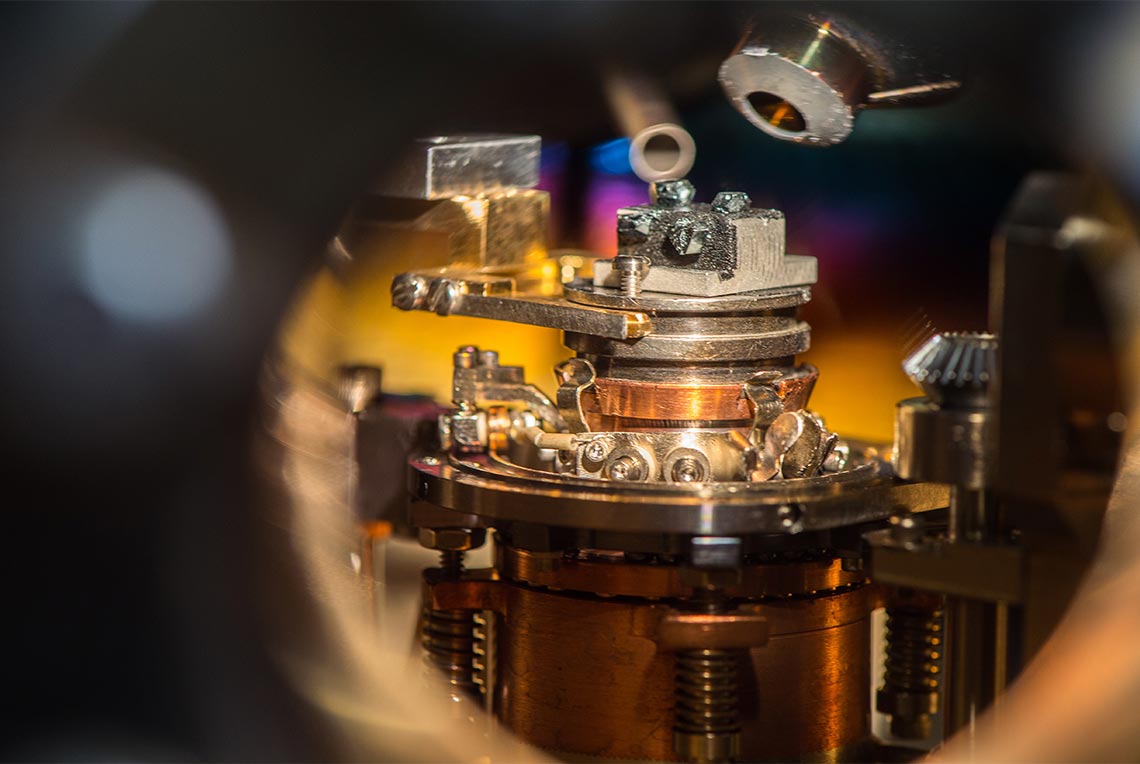Electronic Doping and Compensation in a Layered Hybrid Perovskite Revealed by Synthesis and Theory
June 8, 2023
This work assesses bismuth (Bi)-substitution for lead (Pb) as a prospective n-type dopant, as well as a tin (Sn) substitution in combination with Sn oxidation as a prospective p-type dopant. Incorporation of dilute levels of Bi into the structure of the layered perovskite phenethylammonium lead iodide is demonstrated during synthesis, with an observed shift of the Fermi level towards the host semiconductor's conduction band.
Scientific Achievement
We show that Bi can substitute Pb as a dilute dopant in a prototypical layered hybrid perovskite semiconductor during synthesis. High-level computational theory and analytical modeling of the experimental Fermi level reveal the Bi donor level and compensating defects.
Significance and Impact
Electronic impurity doping is critical for semiconductor technology but difficult for layered perovskites. Our combination of synthesis, computation, and an analytical model demonstrates doping and underlying mechanisms.
Research Details
- Analytical model of Fermi level reveal of additional acceptors
- Synthesis of Bi-doped phenethylammonium lead iodide
- Large-scale spin-orbit coupled hybrid density functional theory with up to 3,383 atoms models isolated defect energies and wave functions
Related People
Joseph Berry
University of Colorado
David Mitzi
Duke University
Jeffrey Blackburn
National Renewable Energy Laboratory
Volker Blum
Duke University
Matthew Beard
National Renewable Energy Laboratory










